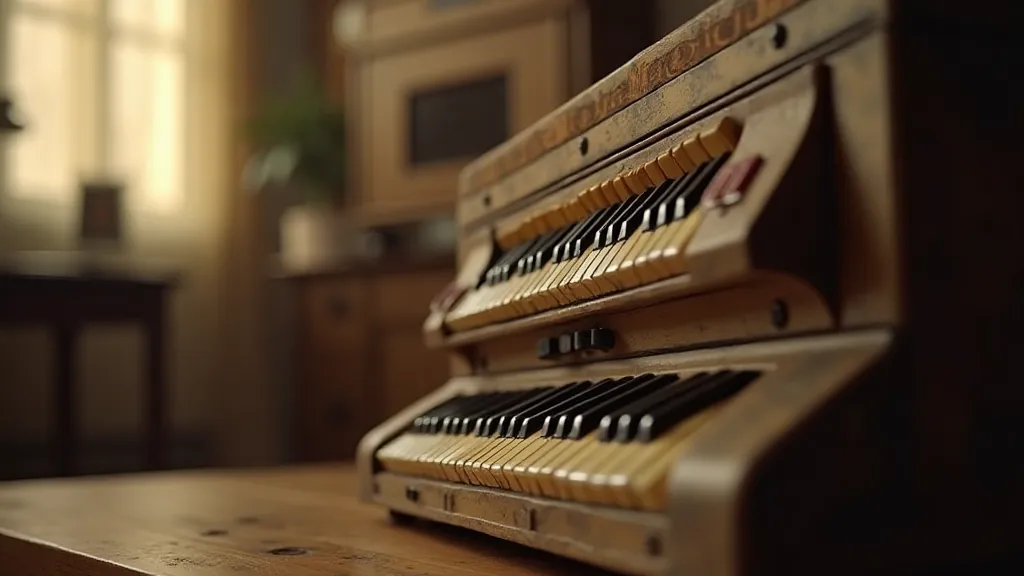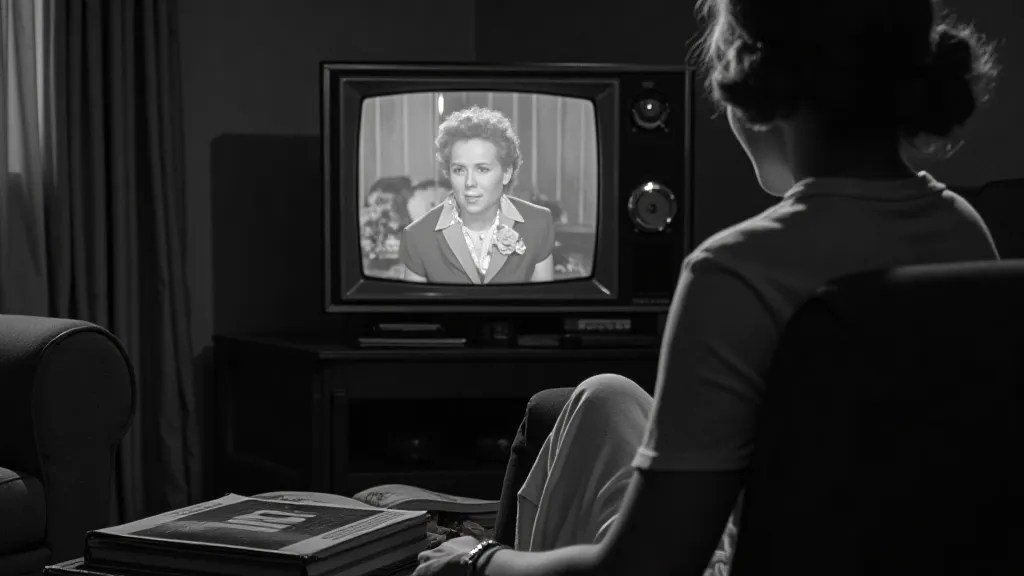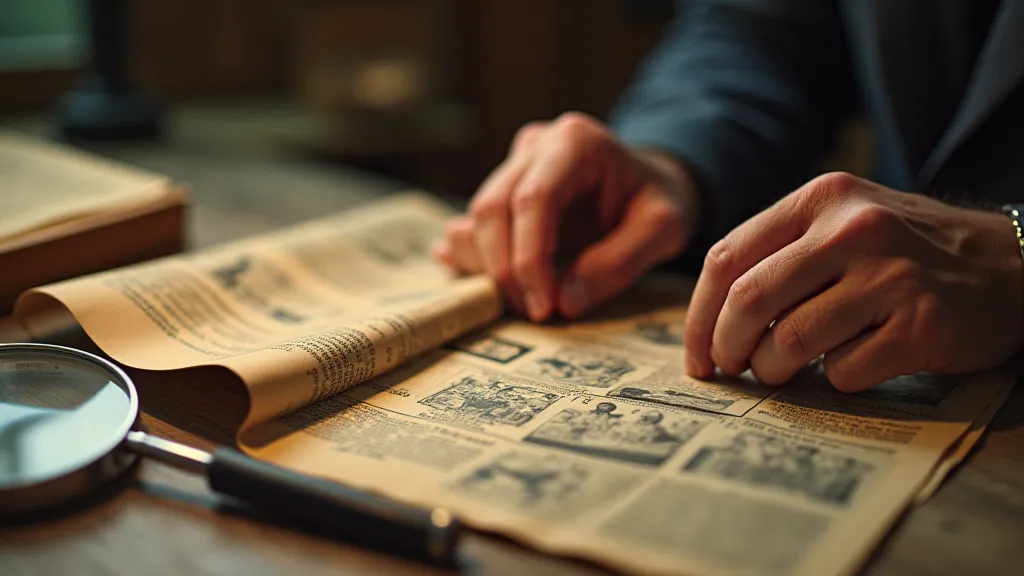Beneath the Glossy Covers: Unpacking the Social Commentary in 1950s Television Programs
The scent of aged paper, the faint echo of old ink – these are the sensory cues that transport me back to a time capsule bound within a pre-1970s TV Guide. For collectors like myself, these aren't merely guides to what's on; they are vibrant artifacts, windows into a decade wrestling with unprecedented social change. More than just 1960s TV listings, they reveal subtle, and sometimes not-so-subtle, reflections of the anxieties, aspirations, and evolving norms of the 1950s.
My journey into collecting TV guides started with my grandfather. A quiet man, he possessed an accordion, a beautiful, complex instrument he’s kept through his entire life. He spoke of its craftsmanship, the precision of the bellows, the meticulous hand-soldering of the reeds – a testament to a dedication to quality that seemed to fade with the rise of mass production. The care he took with that accordion resonated with my growing fascination for the fragile beauty of vintage magazines, especially those TV guide memorabilia.

The Gentle Art of Reflection: Television and Societal Norms
The 1950s were a period of seeming tranquility, a reaction to the trauma of war and the uncertainties of the atomic age. But beneath the facade of picket fences and perfect families, anxieties simmered. Early television history shows us not only the evolution of broadcast technology, but also the subtle shift in cultural values. While shows often presented idealized versions of American life – the happy homemaker, the breadwinning husband, the obedient children – closer examination reveals the cracks in the veneer.
Consider "Leave it to Beaver." On the surface, it's a wholesome portrayal of suburban family life. Yet, the show's consistent depiction of Ward Cleaver as the infallible patriarch, always dispensing sage advice, subtly reinforced traditional gender roles. Similarly, “I Love Lucy” brilliantly used comedic exaggeration to highlight the frustrations of a woman constrained by societal expectations – Lucy’s schemes were often born from a desire for independence and creativity that weren’t readily available to women of the time.
The advertising within these TV guides provides an equally compelling narrative. Ads for cigarettes, aimed at both men and women, exemplify the era's casual acceptance of unhealthy habits. Appliances were marketed with an emphasis on their ability to liberate housewives from domestic chores, a paradoxical message given the pervasive expectation that women would perform those chores. The products advertised, the language used, even the idealized families depicted in the ads – all contributed to the shaping and reflecting of the era's ethos.
Beyond the Laugh Track: Anxieties and Taboos
While comedy reigned supreme, 1950s television programs also wrestled, albeit cautiously, with more serious issues. The Korean War, though not directly depicted in most shows, cast a long shadow. Fear of communism fueled a climate of suspicion and conformity. Shows often promoted a narrative of American exceptionalism and the dangers of foreign ideologies, sometimes bordering on propaganda.
Exploring themes of race and ethnicity presented a particular challenge. While some shows, like "The Jack Benny Program," featured African American performers, their representation was often stereotypical and limited. The few attempts to depict interracial relationships were frequently handled with extreme caution and often resulted in backlash from conservative audiences.
The anxieties surrounding juvenile delinquency were also prevalent. Shows like “Highway Patrol” frequently addressed the dangers of reckless behavior and the importance of parental authority. The prevalence of these themes underscores the societal fears surrounding the younger generation and the desire to maintain order and control.

Identifying Rarity and Assessing Value
For serious collectors, understanding the nuances of TV guide rarity is crucial. Early issues, particularly those from the 1950s, are highly sought after due to their scarcity and historical significance. Factors influencing value include condition, completeness (some covers were glued on and easily lost), and the presence of significant advertising or notable programming.
Early TV guide subscription history offers a further glimpse into the era. The initial price point, distribution patterns, and evolving format all reflect the growth and changing landscape of television broadcasting. First edition covers, those featuring debut episodes of iconic shows, command a premium on the collector's market.
Proper TV guide identification is also essential. Identifying the publication date, issue number, and regional edition can significantly impact value. Familiarize yourself with common printing errors and variations—these can be a collector’s dream or a dealer’s red flag.
A Craftsmanship Echoing in Time
Restoring vintage magazines isn’t about erasing time, but preserving history. Gentle cleaning with archival-safe materials can improve readability without damaging the paper. Mending tears with Japanese tissue paper and archival adhesive is a skill that respects the integrity of the artifact.
The dedication to detail evident in the magazines parallels the dedication to the accordion—a testament to a different era. Both represent a craftsmanship, a focus on quality, that is becoming increasingly rare. They’re tangible links to a past where things were made to last, not simply discarded when the next model appeared. These aren't just magazines; they are delicate reminders of a time when a slower pace of life and a profound respect for artistry prevailed. And through these pages, we can catch fleeting glimpses of the societal currents that shaped us.






